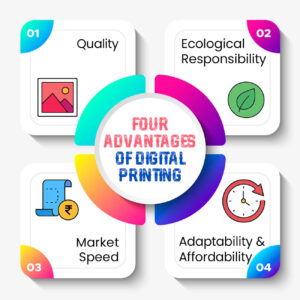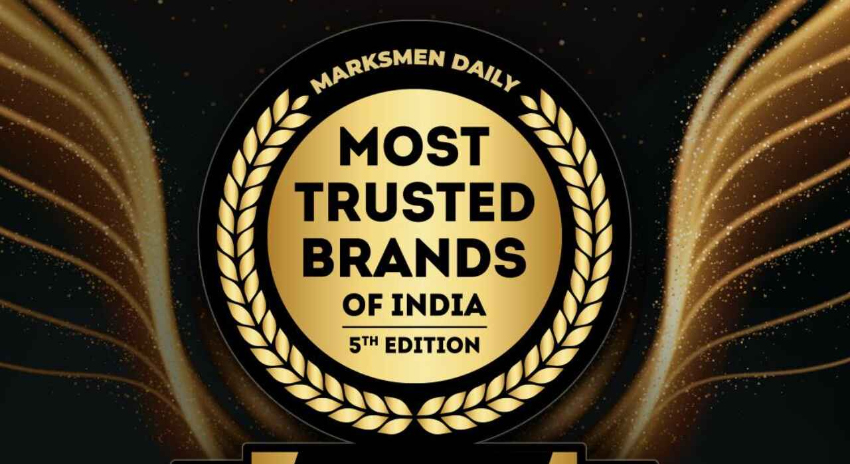One Nevertheless, despite the industry’s consistent job growth, shifting consumer demands have created a great deal of disruption, leading many companies to think about incorporating inkjet technology into their digital transformation plans.
The printing market’s prospects
Shorter print runs, cutting-edge technology, and increased product personalization are all expected to shape the printing industry’s future. The global printing industry will spend the next ten years adapting to print buyers’ needs for shorter and faster print runs, according to Smithers’ 2021 market forecast. In addition to changing the dynamics of print costs, this will put further pressure on companies to automate their print manufacturing processes in order to boost profit margins and stay competitive.
Making the switch to an automated process can occasionally be expensive and time-consuming, but the investment is worthwhile. New machinery, such as digital (inkjet and toner) presses, will support the push for more variety in packaging print and assist companies in reducing run lengths. Higher output quality, quicker operating speeds, lower inventory overhead, and several financial advantages result from this.
The revolution of inkjet
Although there are a number of reasons for the growing interest in production inkjet technology for commonplace document applications, the primary forces behind its adoption are significant advancements in ink technology and pre-coat fluids as well as outdated business models that aren’t viable in the current environment.
The key to securing future business success is inkjet technology, which provides a number of features that unlock productivity and efficiency throughout the print production process. Additional advantages consist of:
Better quality: digital color toner presses are less efficient than high-speed inkjet technology. For instance, the high-speed inkjet technology from Konica Minolta can print at rated speed with a resolution of 1200 x 1200 dots per inch (DPI). Higher resolution and little to no warm-up time allow it to print smoother, finer details.
Excellent flexibility: Although flexible packaging accounts for a substantial portion of the packaging market, there are a number of issues with it, such as issues with food safety and de-inking capabilities. There is no requirement for specialized materials because inkjet technology can print on common offset print paper. Along with being suitable with a wide range of packaging materials and substrates, it also provides faster and easier customization than traditional off-set or toner-based print manufacturing.
High productivity: The high-speed UV LED inkjet technology from Konica Minolta can print 1,500 sheets per hour for perfecting and 3,000 sheets per hour for simplexing. By supplying information and quality at faster production speeds, this raises corporate productivity levels and makes the entire print process more cost-effective.

Inkjet printing for commercial manufacturing is the way of the future.
Over the next ten years, the commercial print sector will be shaped by data-driven personalization, faster turnaround times, and lower run lengths. A key component of this future is production inkjet technology, whose development as a cutting-edge technology is raising the bar for the print industry’s efficiency, cost-effectiveness, and long-term success.
At Konica Minolta, we are aware of how difficult printing may be and how new technologies will influence future commercial success. We offer creative and distinctive solutions that offer exceptional flexibility, added value, and superior quality to make sure print firms prosper in a digital environment. Modern Konica Minolta print heads and sensing technologies are used in our ground-breaking UV LED inkjet technology, which offers the best speed and quality.









